AllCompany updatesPolymesh newsIndustryPolymesh PrivateCommunityThe blockchainDevelopersLearningHow-tos

UAE tokenization moves from policy to production
Industry
January 12, 2026
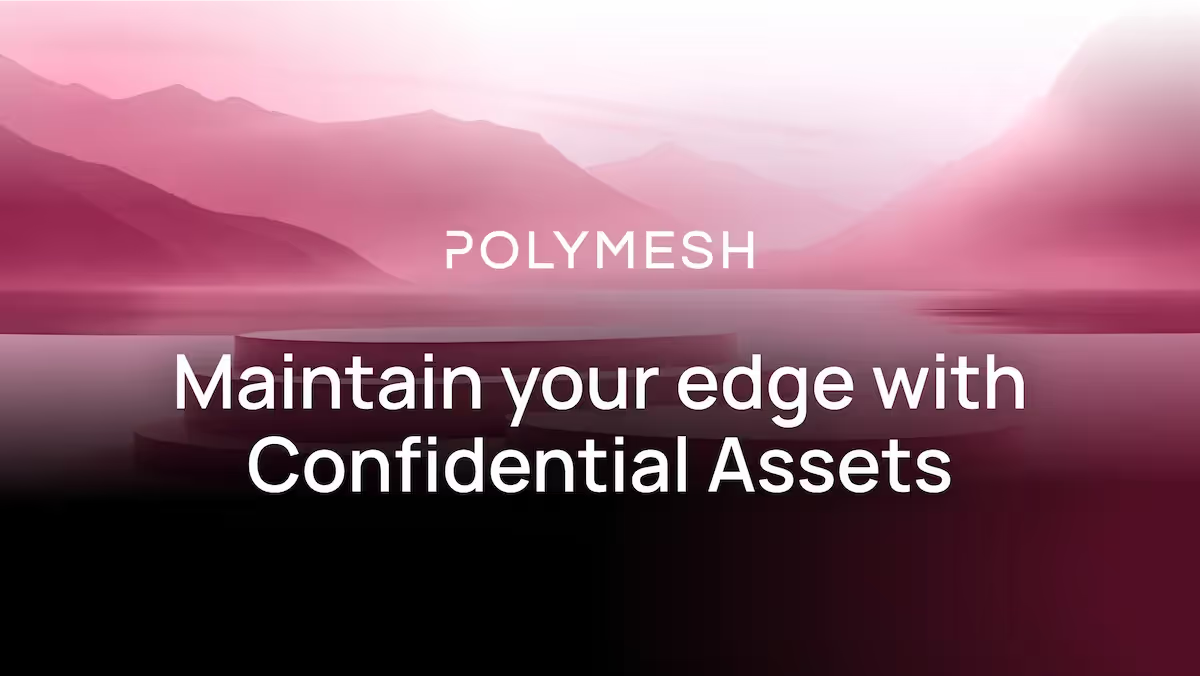
Introducing Confidential Assets on the Polymesh DevNet
Chain updates
December 16, 2025

AlphaPoint x Polymesh Webinar: Tokenized Finance (How Institutions Move Value Onchain)
Polymesh news
November 14, 2025
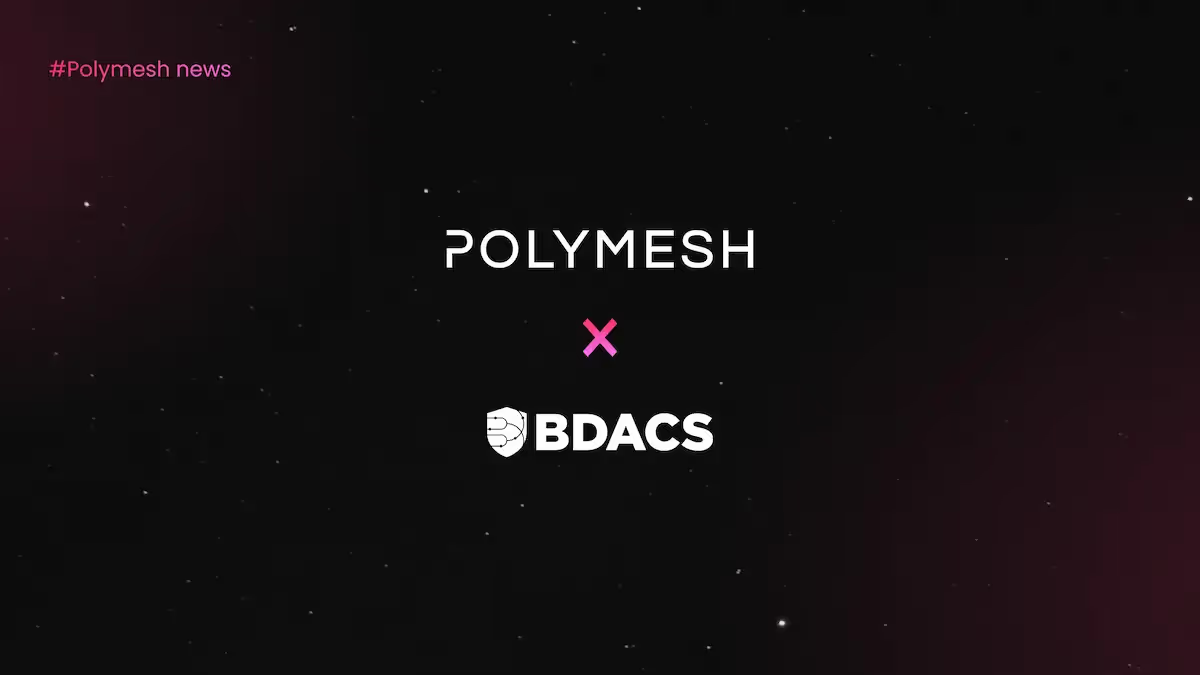
Polymesh joins BDACS Ideathon in Busan to foster real-world blockchain innovation
Polymesh news
October 28, 2025

AlphaPoint Announces POLYX & Polymesh Native Assets Live on Its Platform for Exchanges and RWA Tokenization
Polymesh news
October 21, 2025

Confidential assets to debut on the new Polymesh DevNet
Chain updates
October 15, 2025

Polymesh to co-host 1 Day Ideathon with BDACS in Busan, Korea
Polymesh news
October 7, 2025
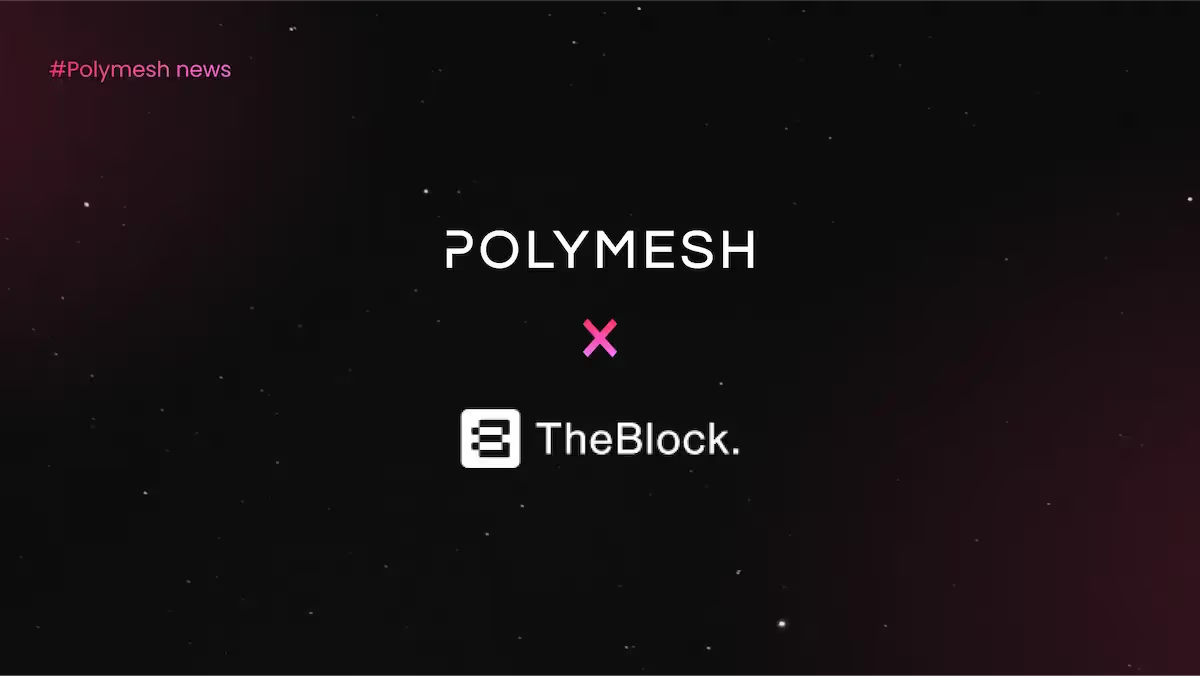
The Who, What, and Why of Polymesh in MENA
Polymesh news
September 11, 2025
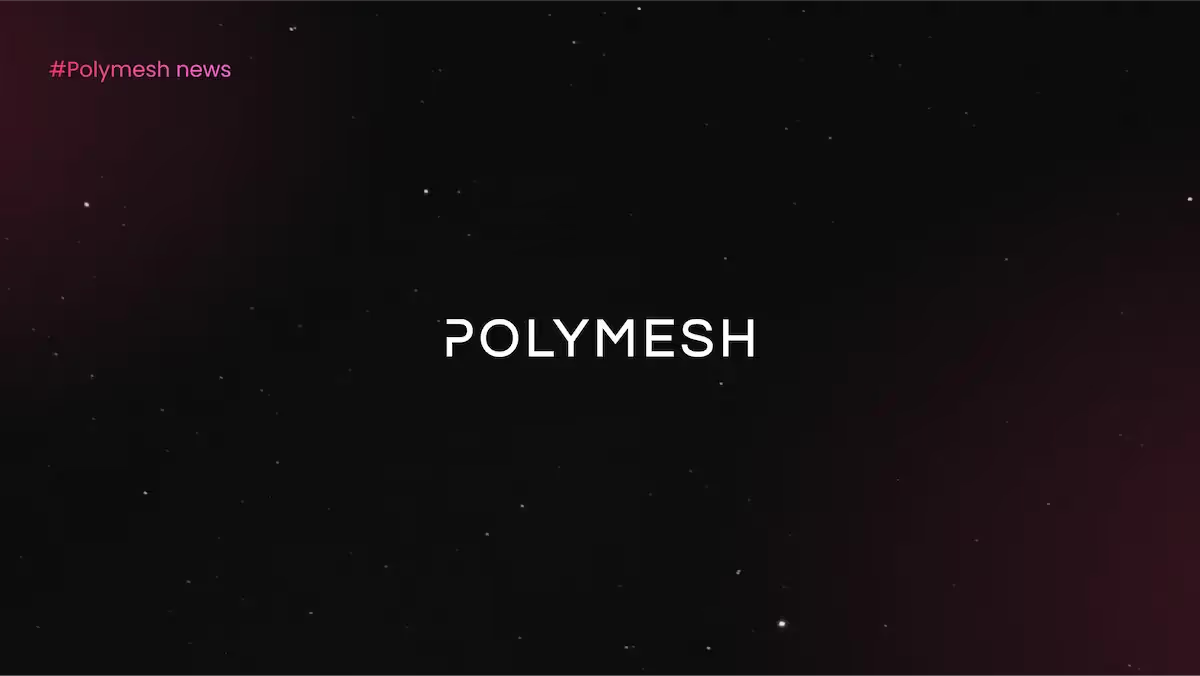
A new wallet and staking guide for Korean users
Polymesh news
September 4, 2025

Polymesh sponsors Korea Blockchain Week 2025
Polymesh news
September 3, 2025
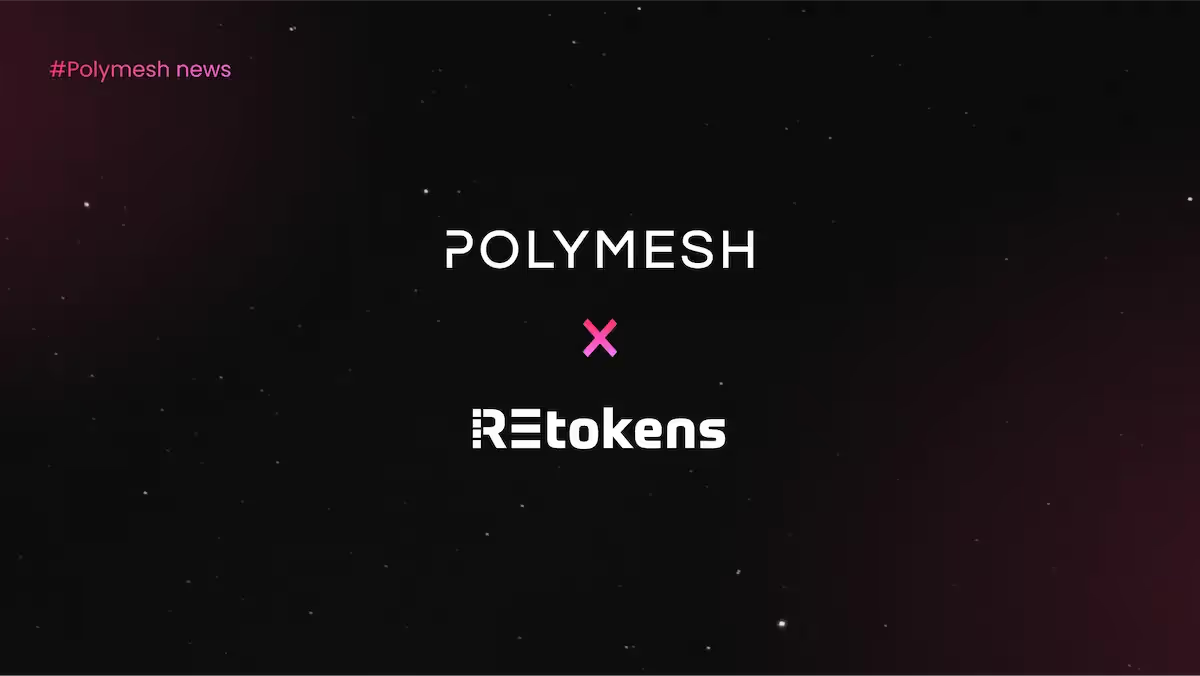
REtokens launches FINRA-member subsidiary and secondary marketplace for tokenized real estate, powered by Polymesh
Polymesh news
August 21, 2025
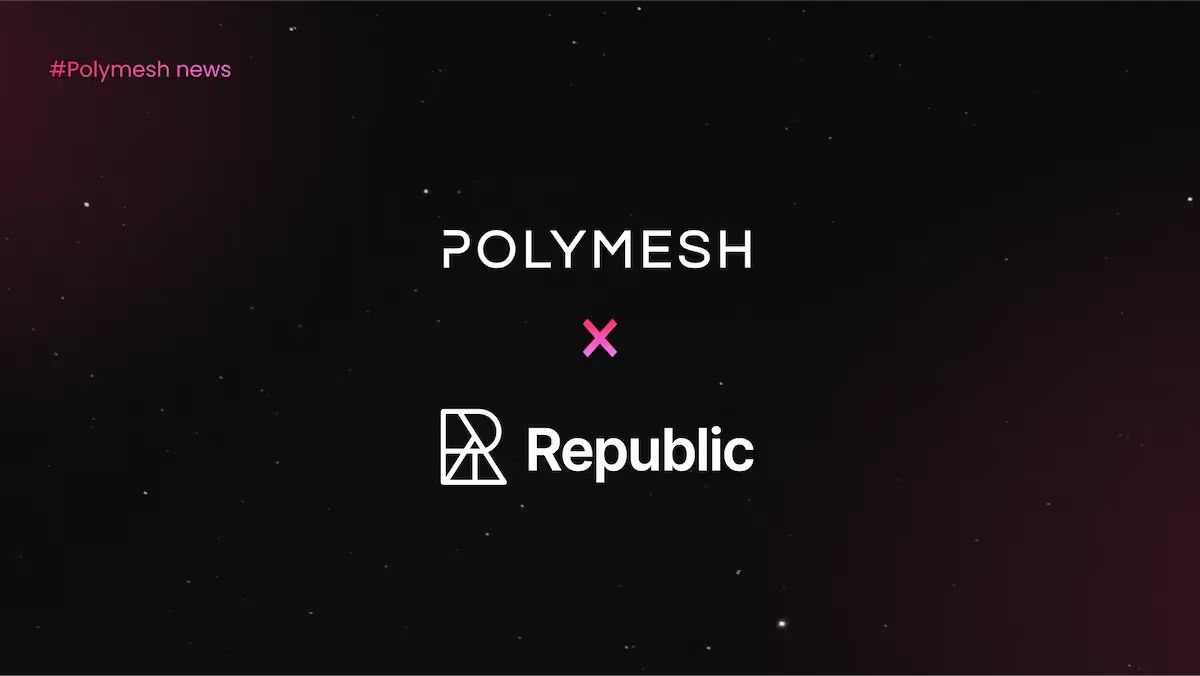
Polymesh expands retail and institutional access for tokenized real world assets with Republic Integration
Polymesh news
August 13, 2025

Polymesh Joins the Tokenized Asset Coalition
Polymesh news
July 31, 2025
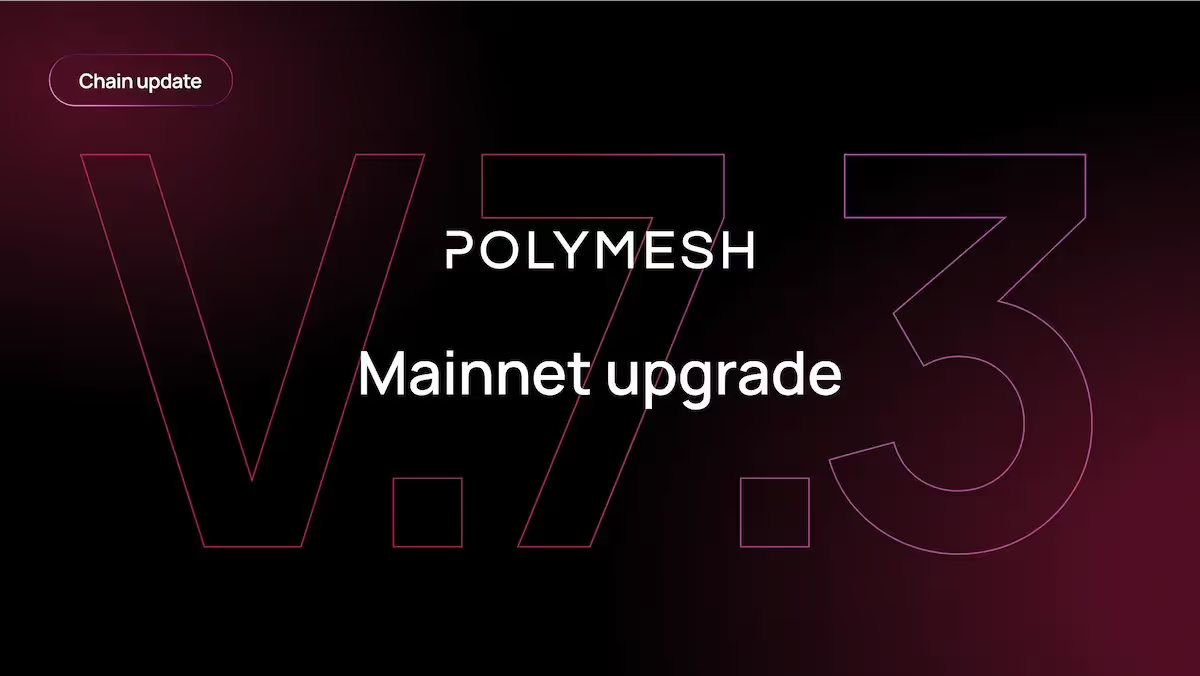
Polymesh has been upgraded to v7.3!
Chain updates
July 28, 2025
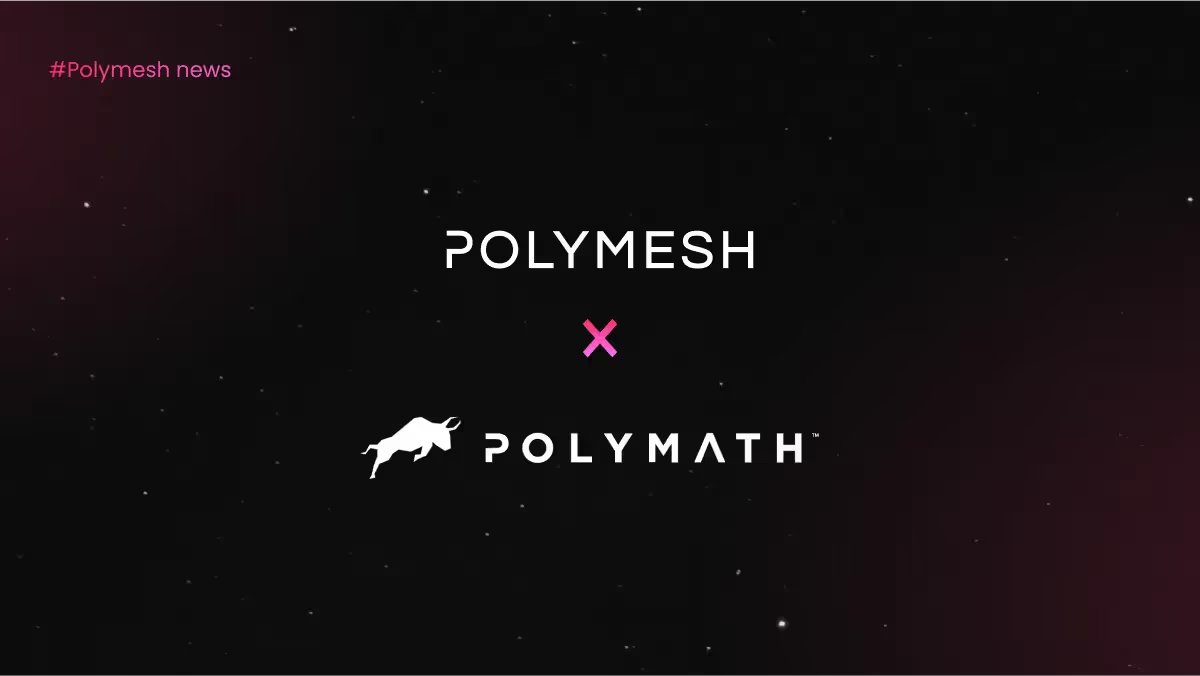
Polymesh Association transitions to Polymesh Labs following successful acquisition by Polymath
Polymesh news
June 27, 2025
Thank you! Your submission has been received!
Oops! Something went wrong while submitting the form.



































